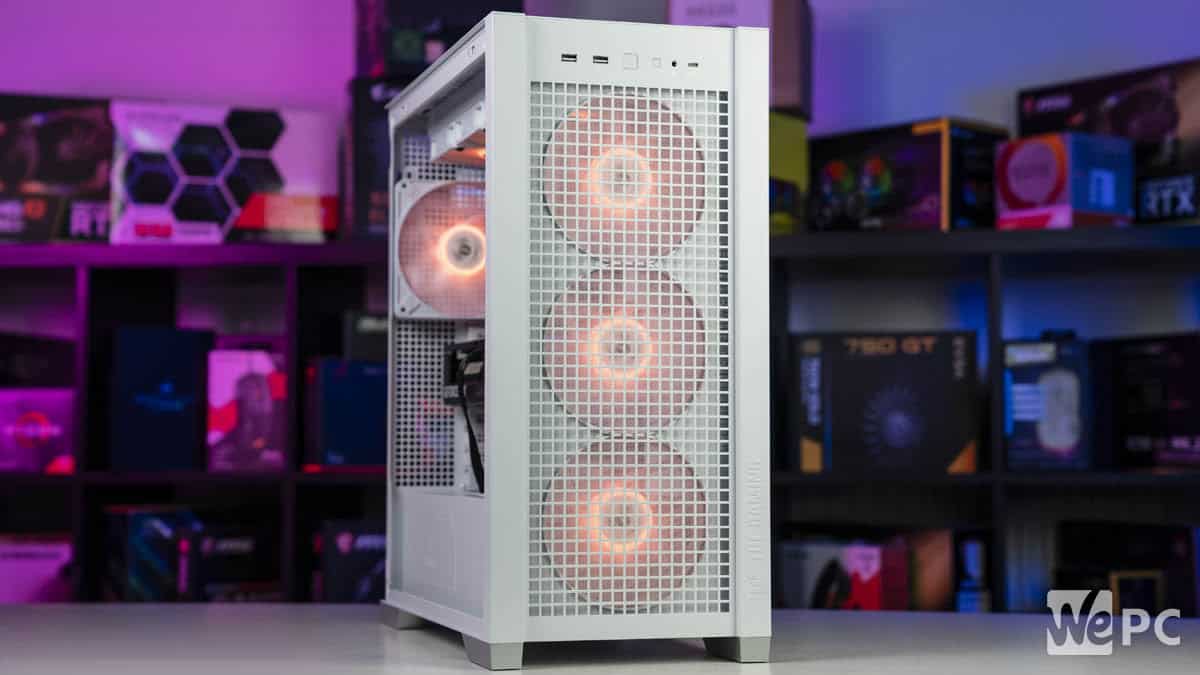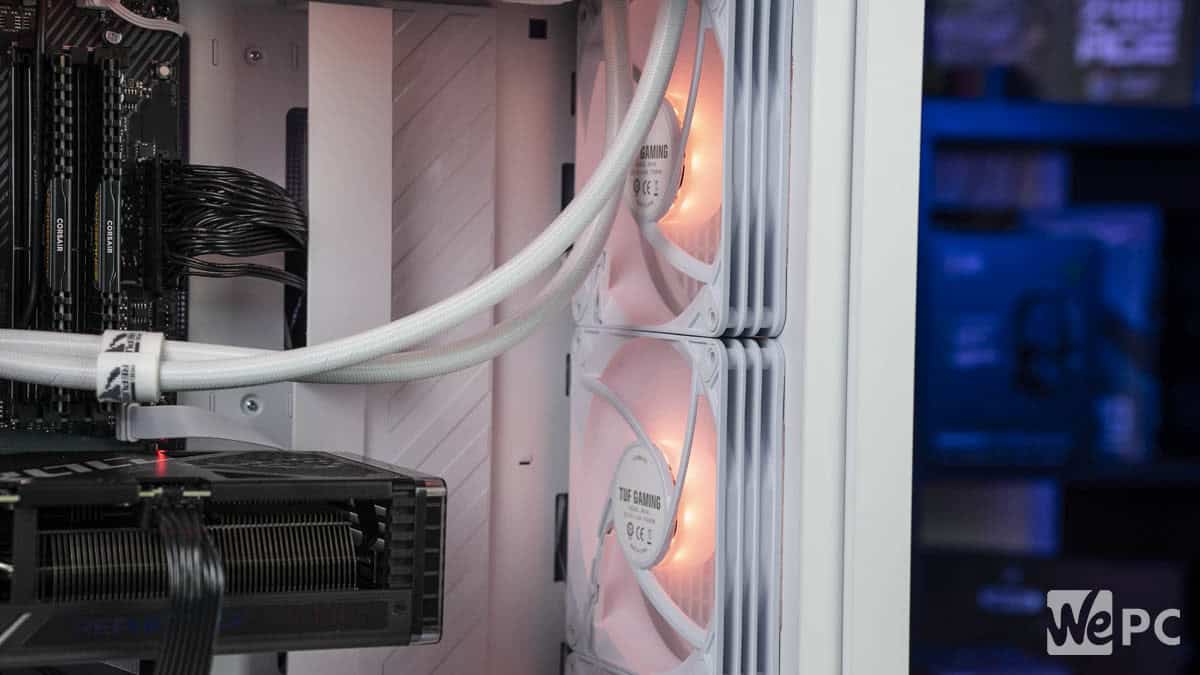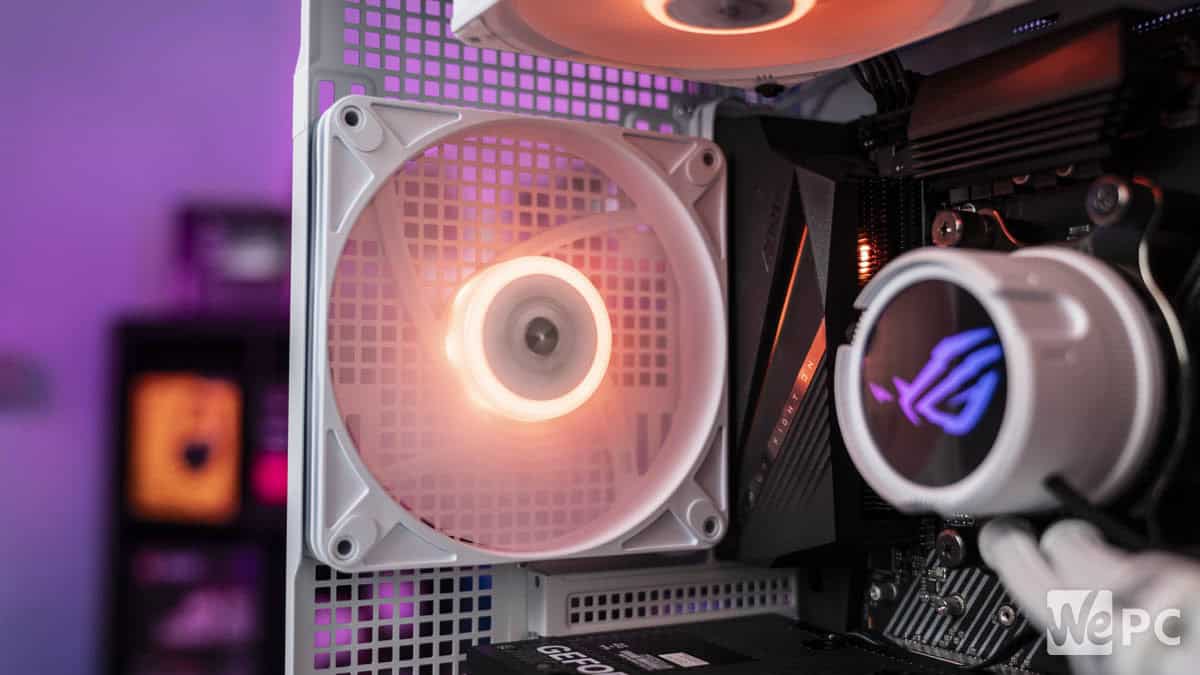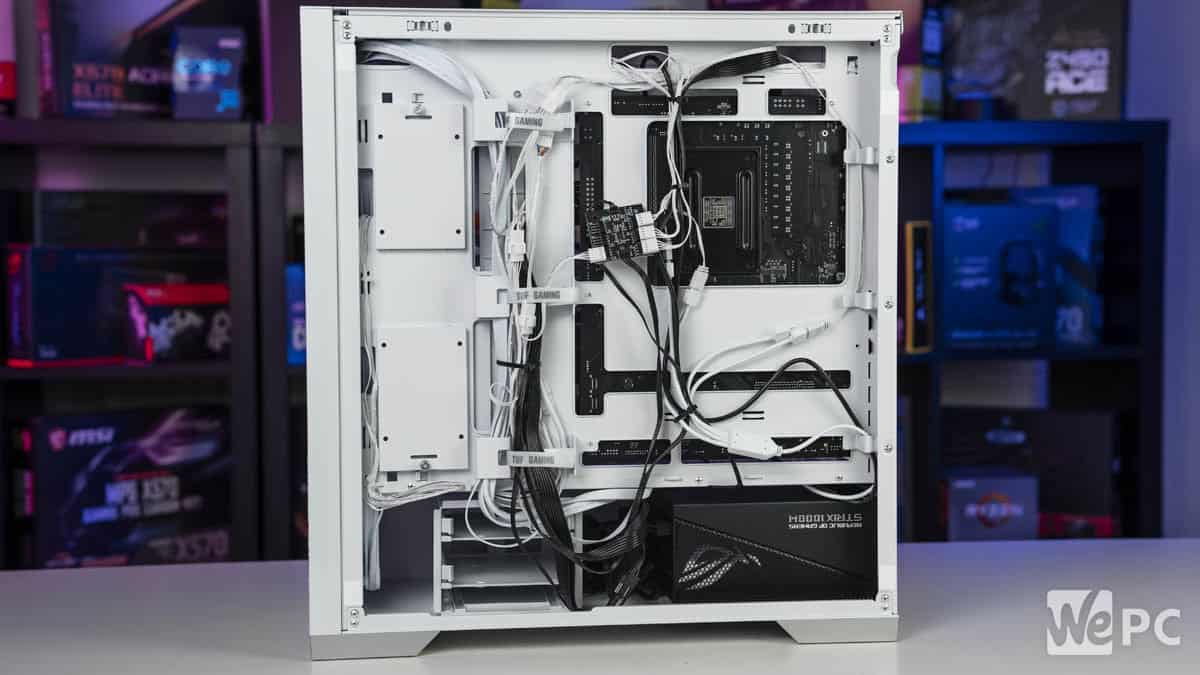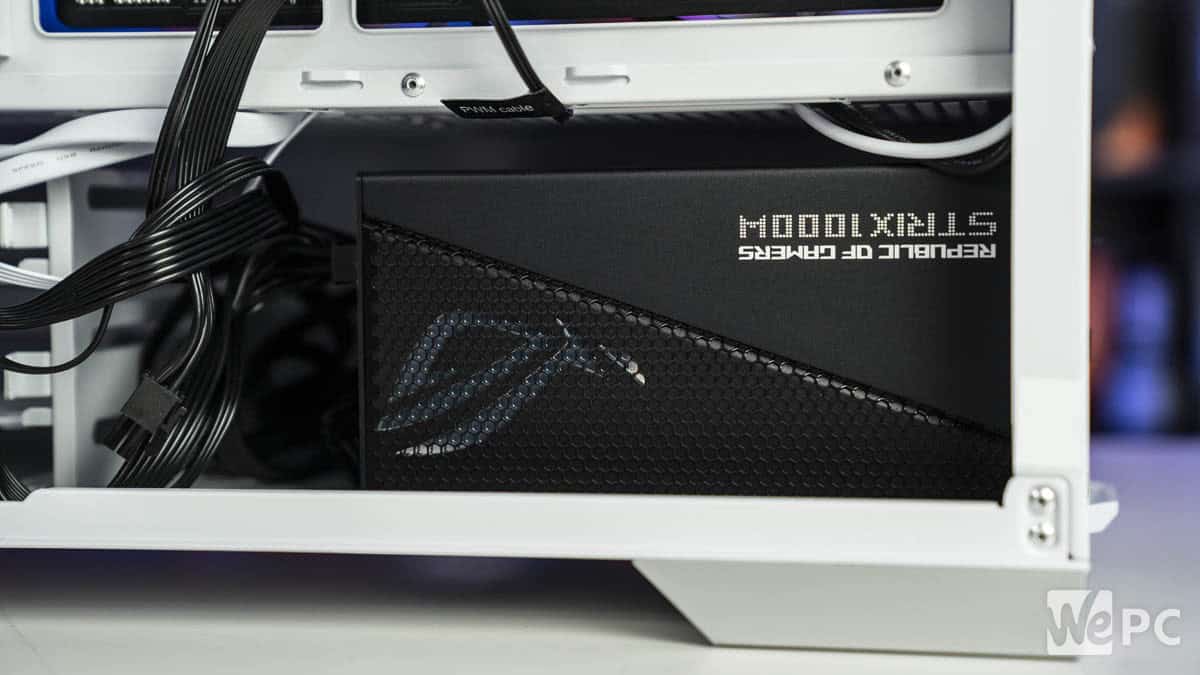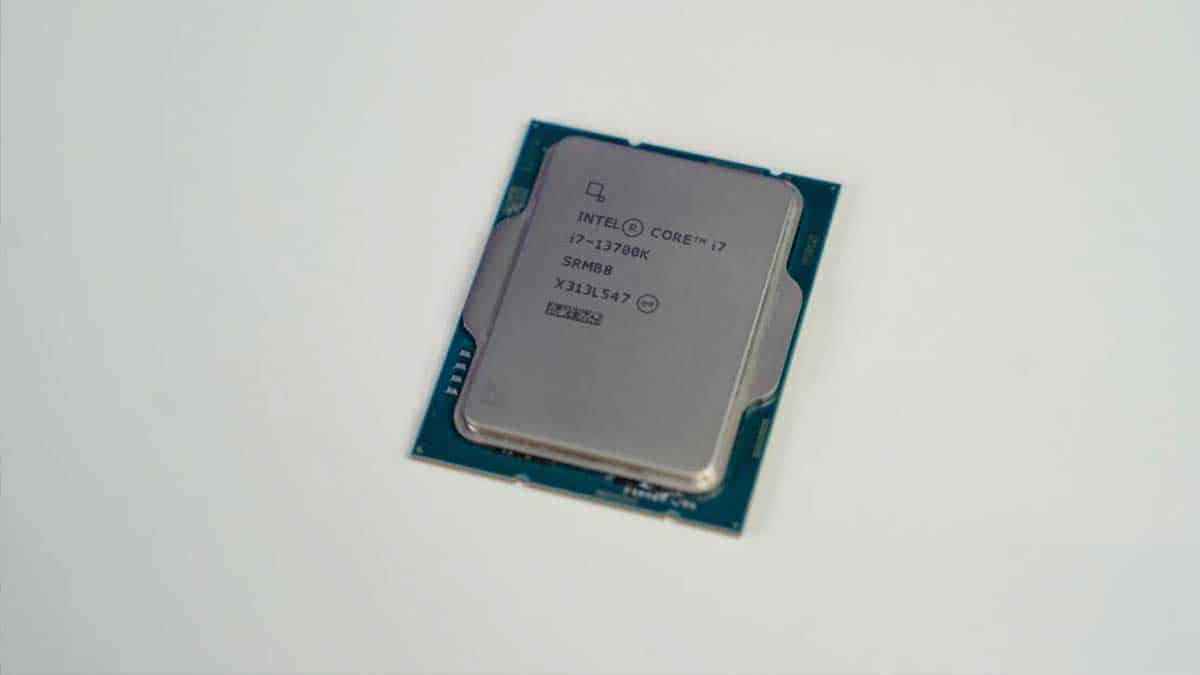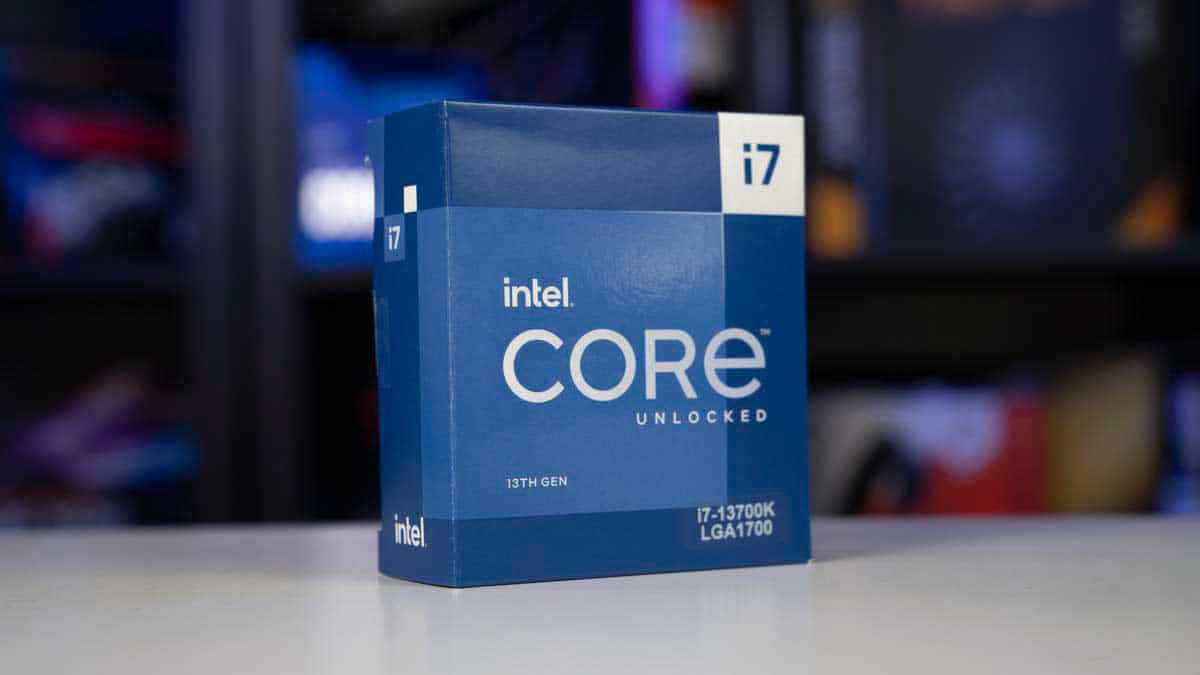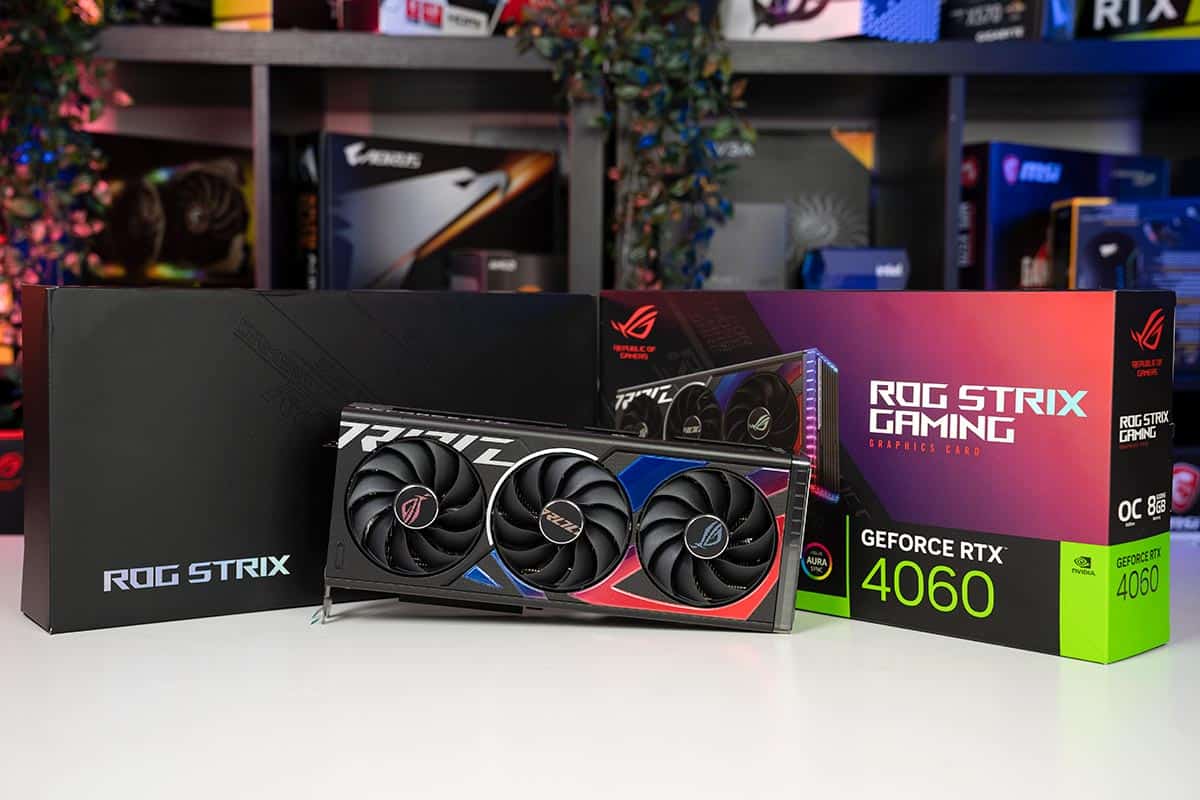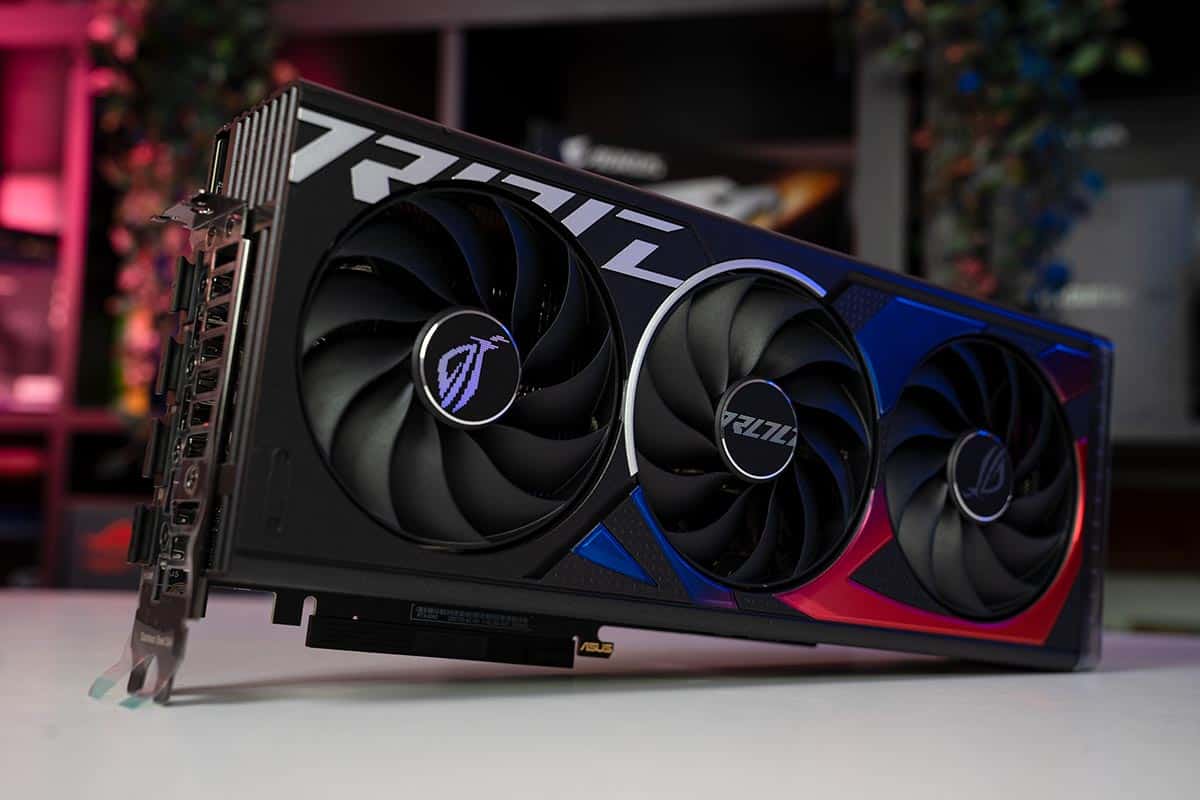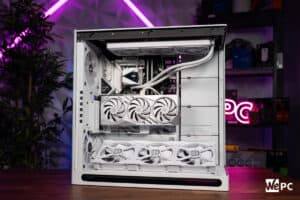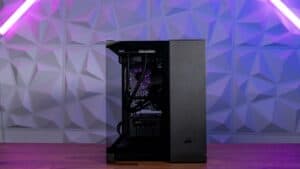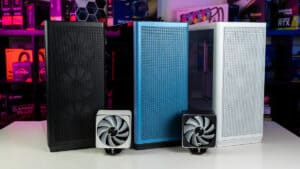The new ASUS TUF Gaming GT302 case: let the air flow!
We got our hands on the latest mesh case design from ASUS and got to see firsthand its impressive airflow efficiency

WePC is reader-supported. When you buy through links on our site, we may earn an affiliate commission. Prices subject to change. Learn more
SPONSORED PIECE
The ASUS TUF Gaming GT302 ARGB is a brand-new mid-tier ATX case with a focus on maximising airflow throughout your build (currently available for a reduced price on the ASUS site). We had the pleasure of getting our grubby mitts on one of these new units to see what it could do. Read on for all the details!
TUF Gaming GT302 ARGB specs & features
Features to maximise cooling
There are two variants of the GT302: the tempered glass model and the mesh model, though this only refers to the side panels. Both side panels are interchangeable, which is a nice feature. The front of the case (whether you pick the mesh or tempered glass variant) has a square-type mesh grill with large, porous spaces to maximise airflow. The type of mesh you have can have a significant impact upon the cooling within your case, and the proportions of this one minimize any obstruction.
The three 140mm fans on the front would typically be set to intake air, and they’re capable of an impressive 115 CFM of airflow (3mmH2O of static pressure) thanks not just to their impressive diameter, but also their extra-thickness (28mm). When the case was turned on it was certainly noticeable how well these bad boys could shift that sweet cool air. There’s also a fourth 140mm fan included on the rear.
The detachable top panel has a mesh cover and can be fitted with either a 360mm or 280mm cooling radiator if you’re going for an AIO build (like we did in ours).
There’s ample room in the case for the flow of air over the components, and if you choose to opt for a back-connect / hidden connector build, this can be maximised even further.
BTF stands for ‘Back To (the) Future’ and is ASUS’ name for their range of back-connect/hidden connector components; chief among these being back connect motherboards. These are essentially motherboards that have all of their cable mounts located on the underside, meaning that the main compartment of the case remains as cable-free as possible, which is better for both aesthetics and also maximising airflow through minimizing obstructions.
Besides a motherboard that will support this, you also need a compatible case with the proper spaces for the cables to pass through, and mounting fixtures, the ASUS TUF Gaming GT302 is one of these cases. Although we didn’t go for a back-connect setup in our build, you can read here about how we accomplished this in a different case using the ASUS TUF Gaming B760M-BTF motherboard. Additionally, click here to explore the full ASUS BTF ecosystem lineup, including graphics cards!
Other features
The TUF Gaming GT302 can fit up to four 2.5” SSDs as well as two 3.5” HDDs with its improved bracket design: which is as much storage space as pretty much any consumer would reasonably need and then some.
The rear section of the case has some great cable management features, including a cable grommet bar with three large straps that allows you to neatly organize two different sets of cables should you wish. There are also three cable clips on the back side above the PSU which we found very useful for routing the 8-pin wiring. You also get a unified front I/O header in the main compartment which further helps to improve tidiness within your build.
The ports on the front of the case include two USB-A 3.0 ports, plus a USB Type-C port that can shift data at up to 20Gbps.
- Type: Mid-tower
- Motherboard Support: EATX (12″x10.9″), ATX, Micro-ATX, Mini-ITX
- Dimensions: 235 x 520 x 485mm
- Included Fans: 4x 140mm
- Radiator Compatibility: Top: 360mm, 280mm, 240mm, 140mm, 120mm / Front: 140mm, 280mm / Rear: 120mm, 140mm
- Maximum GPU length: 407mm
- Expansion slots: 8 (+ 3 vertical with accessory)
- Drive Bays : 2x 2.5″ + 2x 3.5″ (can be converted to an additional 2x 2.5″ with included sleds)
- Front I/O: 1 x headphone / Microphone, 2 x USB 3.2 Gen1, 1 x UBS 3.2 Gen 2×2 Type C
- Materials: Steel, Tempered Glass
Case Airflow: Positive vs Neutral vs Negative air pressure
Positive air pressure basically means there is more air being taken in than there is being taken out of the PC. Neutral means that the inflow is matching the outflow of air (though in practice getting truly neutral airflow is highly unlikely), and negative means that there is more air being taken out than in, leading to a stronger vacuum effect. The actual differences in air pressure terms are pretty small, as the PC case won’t be airtight/pressurized, but it can lead to some noticeable differences.
There is debate in the PC building community about which of these is best. Negative airflow is generally believed to lead to cooler internal temperatures, however, the downside is that it can increase greater dust build-up in your case, as more air will be sucked through non-filtered perforations in your case. There’s no wrong answer here really – whichever you pick is ultimately down to your building preferences.
GT302 airflow smoke test
You can see the video of our airflow smoke test below. The end effect with our particular setup was slightly negative, bordering on neutral air pressure, what with the 3x 140mm intake fans plus the 1x 140mm and 3x 120mm radiator exhaust fans. The smoke density is slightly higher towards the front of the case where it’s being taken in by the fans, but then there’s a fairly even distribution across the case after this.
If you were to take out the AIO, opt for an air-cooled CPU and just go for the single exhaust fan, you’d expect to see a greater build-up of smoke representing a positive air pressure overall.
Our GT302 build
Our build was put together chiefly by what we had spare, plus the cheap motherboard we used for smoke testing: i.e. not necessarily the best of the best, but the beauty of this mid-tower ATX case is it’s very versatile. The GT302 will support up to the largest graphics cards currently on the market (the RTX 4090) plus ATX or the larger E-ATX motherboards; specifically, the case will support a graphics card up to 407mm long or 125mm thick if you opt for a vertical mount.
We used a combination of ASUS-branded components (the fans, AIO cooler, GPU, and power supply) with a mix of other bits.
For the fans, we just used the pre-installed 140 x 28 mm ARGB models (the TUF gaming AR140s) as these are capable of an impressively high airflow as discussed.
- Form factor: ATX, Micro-ATX, Mini-ITX
- Socket: LGA1700 socket
- Power stages: 16(60A)+1(60A)+1
- Expansion slots: 1 x PCIe 5.0 x16, 1 x PCIe 4.0 x16, 1 x PCIe 5.0 x4 slots, 4 x M.2 slots and 4 x SATA 6Gb/s ports
- Max memory speed:: DDR5 at 7200 Mhz
- Cores: 16
- Threads: 24
- Base speed: P-cores 3.4 GHz / E-cores 2.5 GHz
- Boost speed: P-cores 5.4 GHz / E-cores 4.2 GHz
- Cache: 24MB
- TDP: 125 W / 253 W boost.
- Core clock speed: 1,830MHz base, 2,670MHz boost
- CUDA cores: 3,072
- Memory size: 8GB GDDR6
- Dimensions: 311.4 x 133.5 x 61.9mm
- PSU required: 550W
- TBP: 115W
- Memory Clock: 18Gbps
- Memory Bus: 128-bit
- Card Bus: PCIe 4.0 x8
- Output: 1x HDMI 2.1, 3x DP 1.4a
- Power Connectors: 1x 8-pin
- Wattage: 1000W
- Modularity: Fully modular
- Efficiency rating: Gold
- Compliance/compatibility: ATX 3.0
- Dimensions: 7 x 5.9 x 3.4 inches
- Screen: 2.1” LCD Display
- Pump: 7th gen Asetek pump v2
- Design: Embedded fan with a new ring-shaped frame design and advanced airflow channels
- Fans: Premium ROG ARGB 120mm fans

